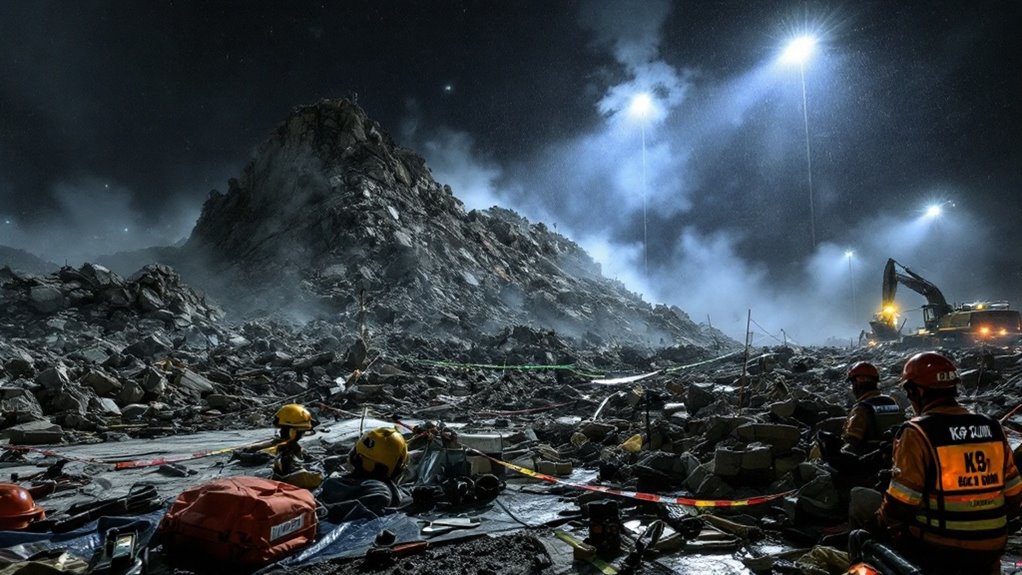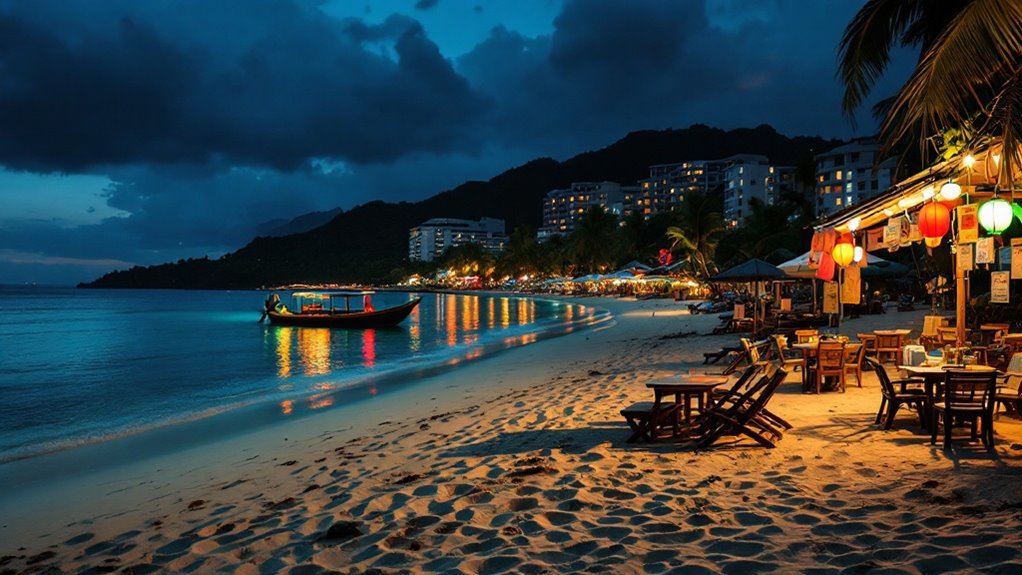Rescue teams in Bangkok have reached the eleventh day of searching the collapsed skyscraper, where 76 workers remain unaccounted for and 18 fatalities have been confirmed. Efforts are focused across four designated search zones, with particular attention on signs of life detected in zone B. Heavy rainfall and structural instability challenge progress, limiting the use of heavy machinery. Specialized teams use scanners, cameras, and manual clearing while onsite medical units support urgent cases. Further developments continue to shape the operation’s course.
Rescue teams intensified search operations at the collapsed Bangkok skyscraper, which entered its eleventh day with 76 workers still unaccounted for and 18 confirmed fatalities. The site was divided into four designated search zones—A, B, C, and D—allowing for systematic coordination and resource allocation. Zone B remained a primary focus after the detection of faint signs of life deep within the debris, prompting prolonged efforts by international responders.
Teams exercised caution with heavy machinery, limiting its use to prevent further destabilization of the already compromised structure, and prioritized manual clearing methods, especially in areas where potential survivors had been detected. Heavy rainfall in Chatuchak district on Monday morning caused a slight delay in the scheduled start of search efforts, but rescuers quickly resumed operations despite the wet conditions.
Rescuers limited heavy machinery use, focusing on careful manual clearing to protect both survivors and the fragile remains of the structure.
Technological interventions played a critical role in guiding rescue strategies. Scanners identified up to 70 signals suggestive of human presence, leading to planned insertion of cameras into cavities to confirm survivor locations. Concrete-cutting tools were selectively deployed to access those trapped, though the risk of secondary collapses meant large debris pieces were lifted only when absolutely necessary.
The search operation persisted despite environmental setbacks, including rain delays temporarily halting work. Tarps and makeshift drainage systems were set up to mitigate water accumulation, while gaps in the rubble provided some natural ventilation, reducing heat but raising dehydration risks for both survivors and rescuers. Medical personnel and nurses have been on standby throughout the operation to address potential emergencies as soon as trapped individuals are reached.
Rotating teams replaced exhausted personnel in high-priority zones, maintaining momentum around the clock, even during night operations with reduced visibility. Silence protocols were observed, with all drilling stopped immediately upon detection of voices to assist in precise localization.
K9 units and specialized global teams contributed expertise, while medical crews remained on standby to treat crush syndrome, dehydration, and other emergencies. Nine individuals have been rescued alive since the collapse, with on-site triage and immediate medical care available. Forensic teams, using DNA identification, processed remains, particularly given the presence of foreign workers.
The ongoing investigation, ordered by Prime Minister Paetongtarn Shinawatra, is scrutinizing construction standards, materials, and the contractors involved, with policy revisions anticipated.
The Bangkok Metropolitan Administration and the Interior Ministry committee continue to monitor structural stability and oversee safety protocols as the search and recovery mission advances.









